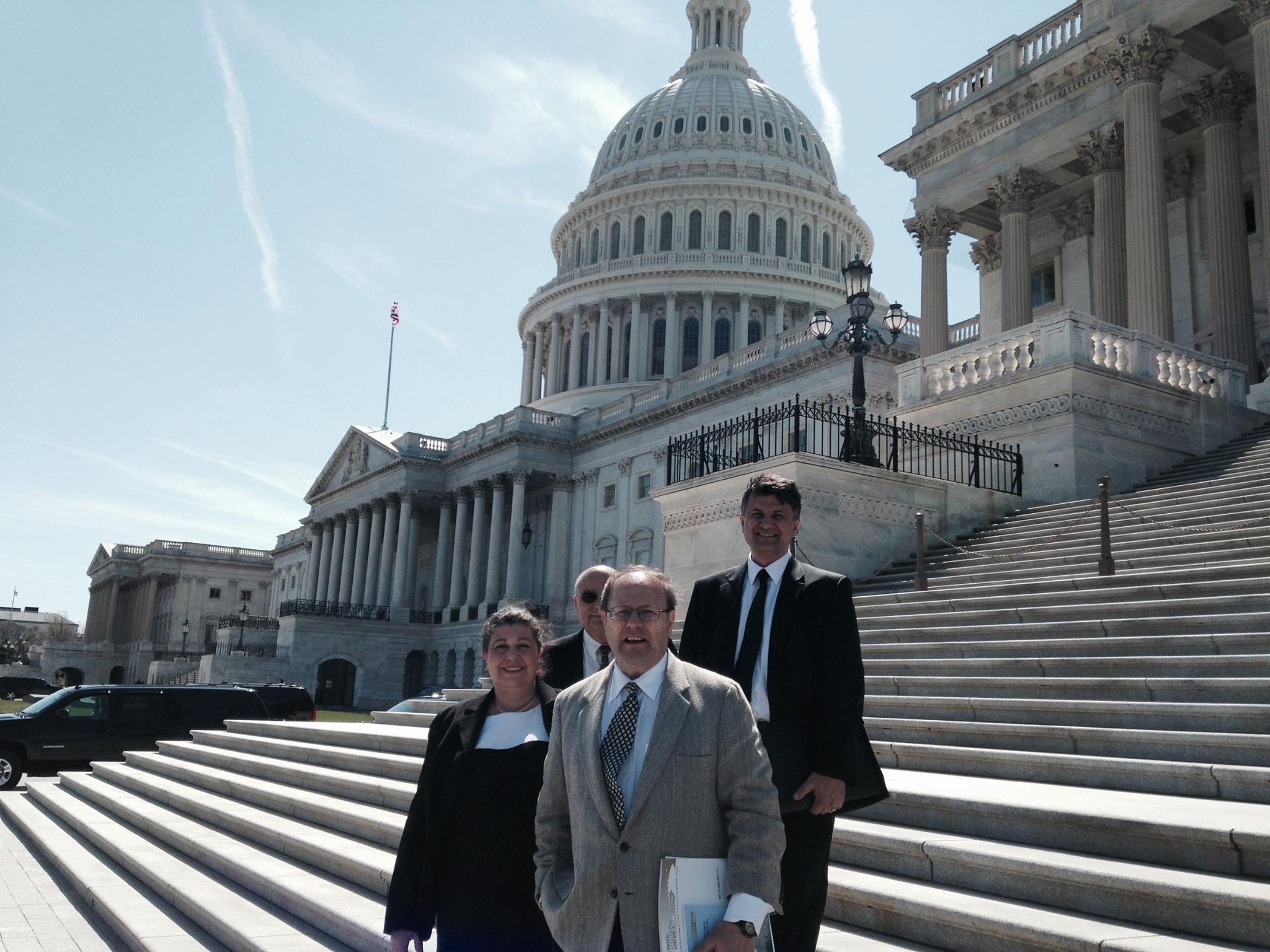By Michael Hamlin Jr. | October 14, 2009, Brianna Campbell / The Collegian –
Ara Sarafian, an archival historian who specializes in late Ottoman history, presented information to California State University, Fresno students Monday night about the Adana massacre of Armenian’s in the Ottoman Empire.
The year 2009 marks the 100 year anniversary of the state led massacre that killed at least 20,000 Armenians in 1909. The massacre was entrenched in political, economical and religious differences.
In his presentation entitled ‘Remembering Adana’, Sarafian illustrated the destruction the massacre caused through the use of vivid pictures and hauntingly descriptive text that described the devastation and tragedy that occurred in Adana.
“The massacre was completely out of the blue,” Sarafian said during his presentation. “The devastation is breathtaking; the pictures bring the damage to life. I like to show them because if I did not, you would think I was lying or telling a story.”
Fresno State student and audience member Lauren Beal believes Fresno State students can learn many things from Sarafian’s presentation.
“Students can learn a lot about Armenian history,” Beal said. “If you can learn from history, it most likely will not be repeated.”
Barlow Der Mugrdechian, director for the center for Armenian studies, agrees that history can teach many things.
“History tells us a lot about ourselves,” Mugrdechian said after Sarafian’s lecture had concluded. “It [history] can happen again, we have to be careful of that fact and learn from our past mistakes.”
The Turkish government disputes the history of the events in Adana in 1909. The government contends that the Adana Massacre was an Armenian attack on the Muslim majority.
Sarafian addressed this issue while speaking about the importance of writing the correct history of the past. He said there is no place for lies or inaccuracies.
“The Turkish government said the Armenians were rebels [speaking about the Adana massacre of 1909]. That is a flat-out lie,” said Sarafian, founding director of the Gomidas Institute in London, a leading research center which republishes English translations of Armenian texts about the Armenian Genocide. “Historical writing is up to you. History does not write itself, states do not write history, people do.”
As well as speaking about the Adana massacre, Sarafian also had a message for Fresno State students.
“Students should have awareness for prejudice,” Sarafian said. “We are the guardians of our own freedom. We need to take a moral stance. Maybe the real question we should ask is how to stop the violence.”
On Oct. 10, the countries of Turkey and Armenia signed an agreement to establish diplomatic relations and open their border after one century of hostility towards each other. The issue of whether or not the killings of Armenians during the end of the Ottoman Empire is only hinted at, but none the less, the peace treaty was still signed.
Sarafian also put a positive perspective on the tragic massacre of 1909.
“History doesn’t always have to be negative, it can bring people together,” Sarafian said. “The legacy of Adana may not be to divide people, but to bring them together.”
Comments posted by Ergun KIRLIKOVALI:
Salahi Sonyel’s book “The Great War and the Tragedy of Anatolia”, TTK, Ankara, 2001, has an entire chapter on Adana; “Chapter 3: The Counter-Revolution” whose four sub-chapters are:
“The Events of 13 April 1909 (31 Mart Val’asi), pages 48-52
“The Adana Incidents”, pages 52-60
“Who was responsible for the Adana Incidents”, pages 61-64
“The Commission of Inquiry into the Adana Incidents”, pages 65-70.
All of these findings squarely refute Sarafian’s claims. Here is one excerpt from page 66 where one of the most experienced American missionaries in Anatolia, Rev. Dr. Christie, gives an account to of the very origin of the Adana incident to the American diplomatic representative who, in turn, furnishes it to British ambassador in Istanbul (Lowther):
“… that the young Armenians of Adana were nearly all revolutionaries, that arms and ammunition were on sale for months, and that both sides had been laying in store of them. He also attributed a large share in the (Adana) events to the ‘evil counsels’ of the Armenian bishop, whom (Dr. Christie) described as ‘a very bad man’…”
These comments of Dr. Christie refute Sarafian’s claims and show that the idea of a revolutionary plot did in fact exist among many Armenians headed by their ‘evil’ bishop. The Armenians were well armed and supplied, motivated, even arrogant, and quite aggressive; attributes in stark contradiction with the Sarafian misrepresentation of innocent, unarmed Armenians.
There is much more in this book and elsewhere to clearly demonstrate to truth-seekers that one-sided accounts of historic controversies, such as that by Sarafian of Adana incidents, do not help promote scholarship, truth, peace, or closure.
Dr. Gwynne Dyer, a London-based independent journalist, may have put it best in1976 after all:
“… The deafening drumbeat of the propaganda, and the sheer lack of sophistication in argument which comes from preaching decade after decade to a convinced and emotionally committed audience, are the major handicaps of Armenian historiography of the Diaspora today…”


Leave a Reply